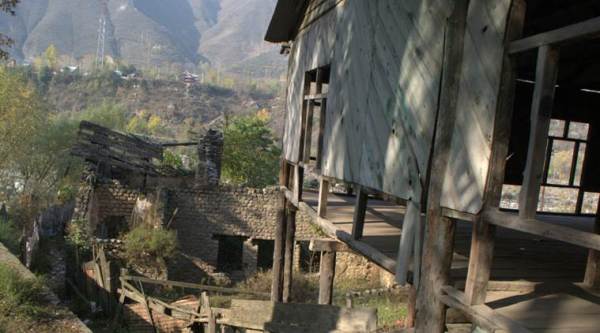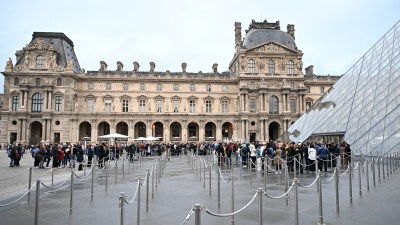Stay updated with the latest - Click here to follow us on Instagram
Jammu and Kashmir Government to revive more than 100 years old hydroelectric project in Mohora
The J&K State Power Development Corporation (JKSPDC) is looking at reviving the site as a heritage project and also aiming for a functional restoration of the old powerhouse with an increased power generation capacity of 9 megawatts.
 A view of the Mohora HEP to be revived by the J&K Govt. (Courtesy http://www.searchkashmir.org)
A view of the Mohora HEP to be revived by the J&K Govt. (Courtesy http://www.searchkashmir.org)
A revival of Jammu and Kashmir’s first hydroelectric project in Mohora, constructed in 1905, is on the state government’s radar. The Mohora HEP, was constructed as run-of-river scheme back in 1905, with the initial installed capacity of 4 Megawatts.
The J&K State Power Development Corporation (JKSPDC) is looking at reviving the site as a heritage project and also aiming for a functional restoration of the old powerhouse with an increased power generation capacity of 9 megawatts.
Managing Director JKSPDC, Shah Faesal told The Indian Express, “We have prepared the DPR. There are challenges with preserving the heritage character of the site. We are approaching heritage conservationists to see the options available for the revival of at least some part of the project, apart from power generation.”
The project is likely to go into a tender stage by April next year and cost of the project is an approximate Rs 120 crores. The corporation is set to propose funding of the project under Prime Minister’s Development Package.
The water conductor for the old project is wooden flume approximately 11 kilometres in length and a heritage conservationist is being consulted on possible options for the revival of the flume. Running along the left bank of the River Jhelum in North Kashmir, close to the Line of Control, the flume served multiple purposes. While it catered to the needs of the villagers for irrigation purposes, it also fed into the powerhouse and helped generate electricity.
A detailed project report (DPR) for the proposed revival has been prepared by the JKSPDC and it states that “By the year 1950 the powerhouse had lived more than its useful life &, therefore, proposals for replacement of the old electro-mechanical sets by new sets of higher capacity were felt imperative & thus prepared. This necessitated the redesigning/augmentation of the initial wooden flume (water conductor) & its other connected civil structures. However, when the argumentation proposals were still at the implementation stage, the old powerhouse got washed away due to unprecedented floods of 1959.”
IN 1962, a powerhouse with an installed capacity of 9.00 MW (two units of 4.5 MW each) was commissioned and it generated electricity at a rated capacity till the year 1992. The same year, unprecedented floods damaged the project seriously and the project came to a standstill.
The project, as per the DPR, did not generate at the rated capacity because of the constant leakage accompanied by heavy precipitation resulting in the sliding of the slopes and accumulation in the wooden flume. “Also, the silt in the Jhelum River deteriorated the hydraulic parts of the imported machinery particularly the turbines which also resulted in the derating of the HEP to 2.5 MW capacities.”
Under the modernisation & rehabilitation proposal of the Mohora HEP, the JKSPDC seeks to utilise the available fall of 114 Mt for the 9.00 MW installed capacity from the flows of the River Jhelum. As such, the restoration of the project involves the construction of an intake channel, restoration and repair of walls, as well as removal of debris along with the installation of turbines and generators.
A portion of the wooden flume will also need to be replaced with RCC conduits as the wooden beams are not in a good condition.
Mohora HEP project is expected to yield an annual energy generation of 42.49 million units of hydropower after it comes into function.







